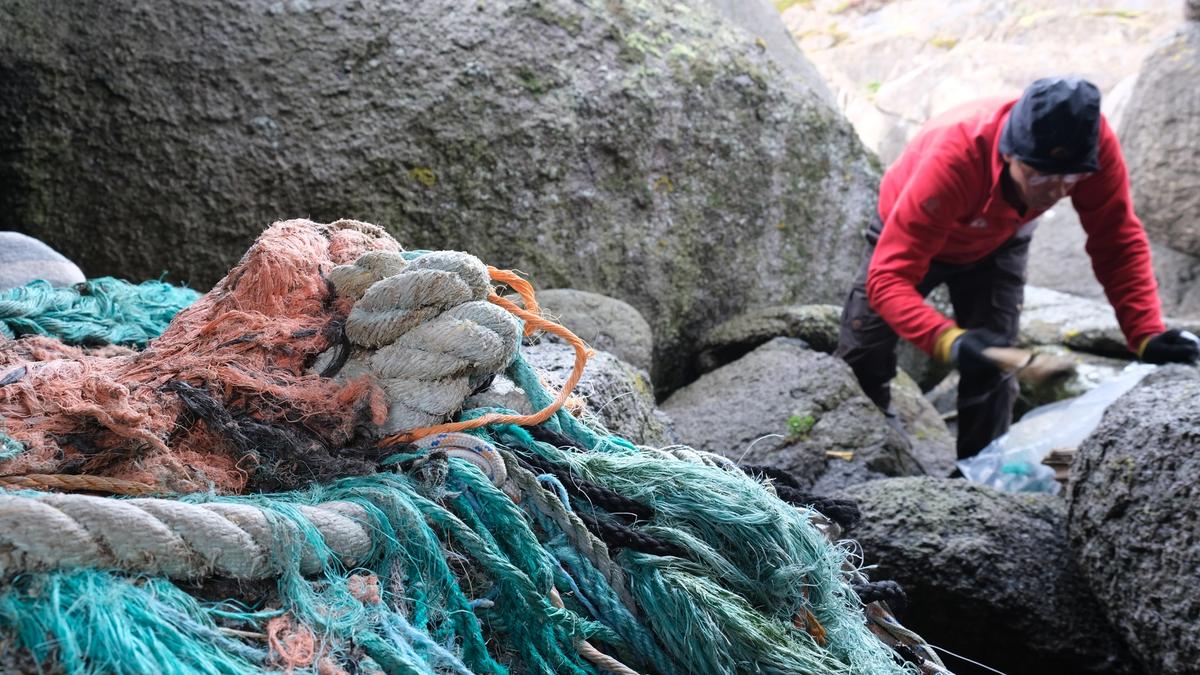Much of the waste that is cleared during beach clean-ups comes from sea-based sources, especially in the northernmost counties of Norway. Waste from fisheries, recreational fishing and aquaculture accounts for the largest share of litter in northern Norway and western Norway, while the Oslo Fjord and south-eastern parts of the country are dominated by consumer waste.
The cleaning-up of larger objects such as gill nets, ropes and seine nets can be difficult. These can often be partially buried in sand or ingrained in vegetation, and nature can be damaged when the waste is removed. If a major intervention is required to remove the waste, an assessment must be made of the consequences of the intervention in relation to the amount of rubbish that will be cleared. In some cases, it is best to leave the waste in situ. Various tools such as hand-held hooks and knives make it easier to remove things like ropes and nets in a gentle way so that as little vegetation as possible is destroyed.


